Getting Rid of Fifth-Wheel ‘Chucking’
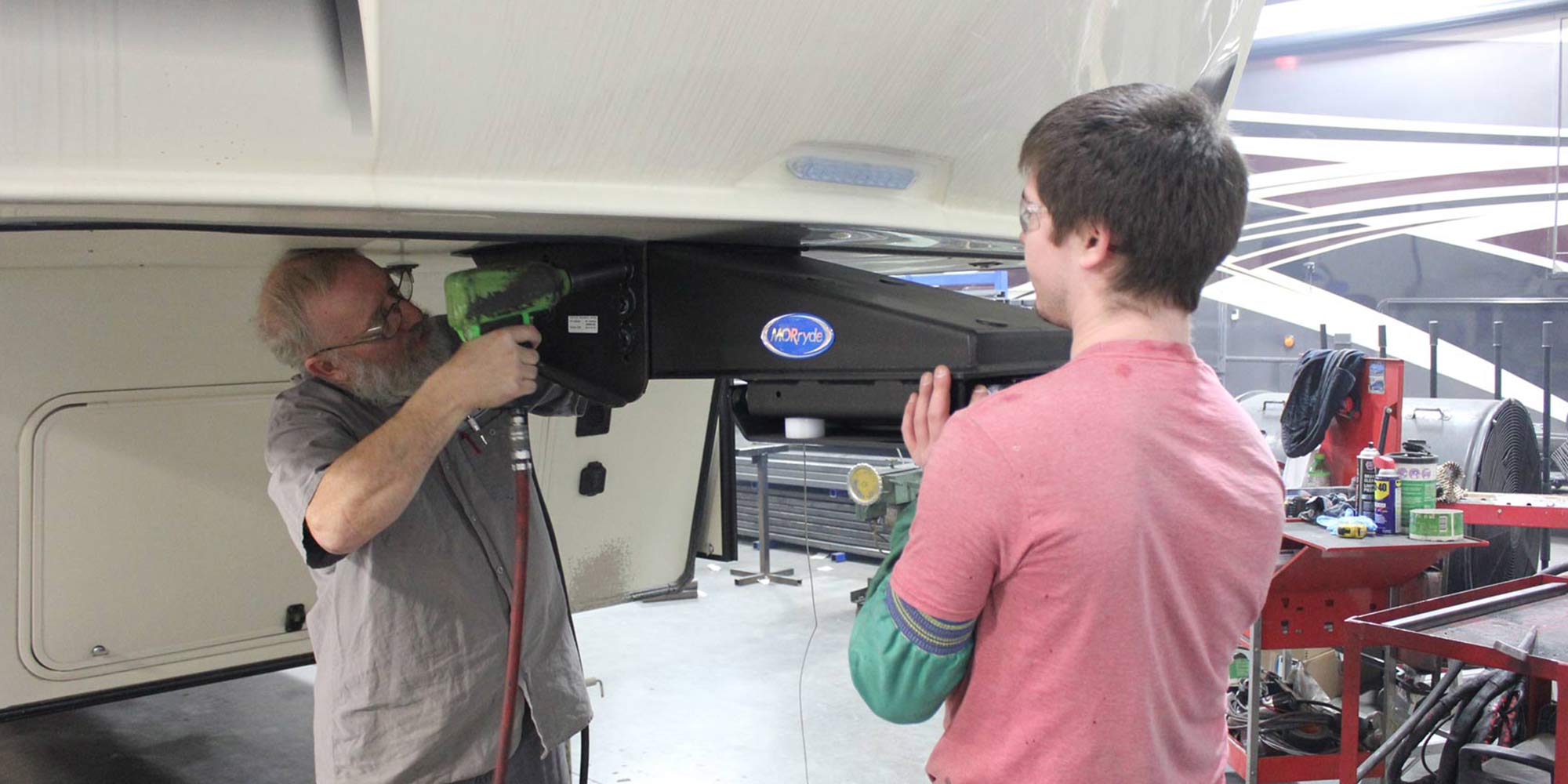
One such planned trip, scheduled with several other RVing family members this fall, will be a long journey throughout New England including a stop at Acadia National Park in Maine.
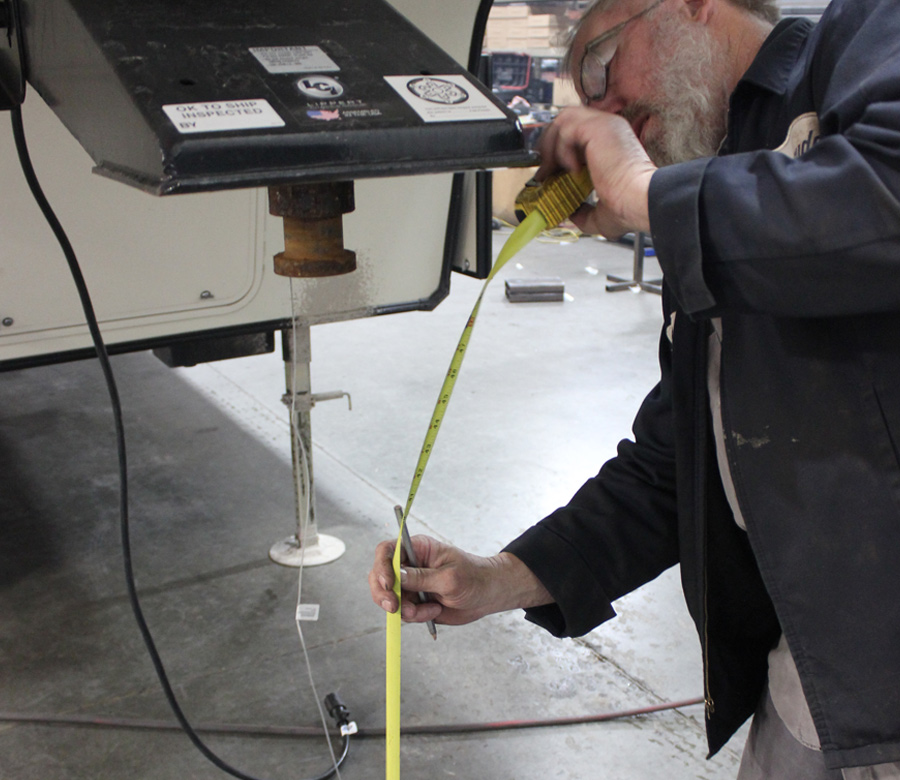
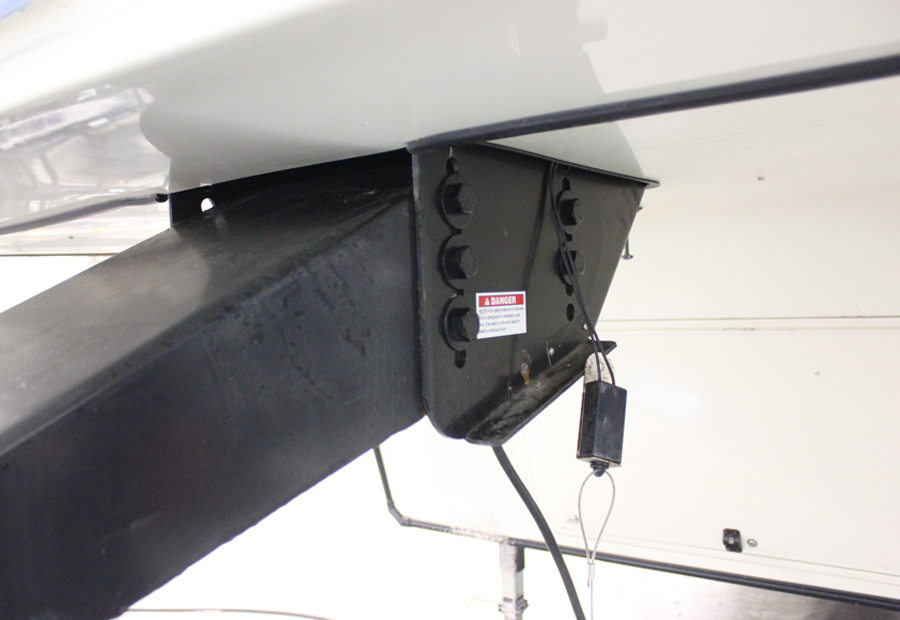
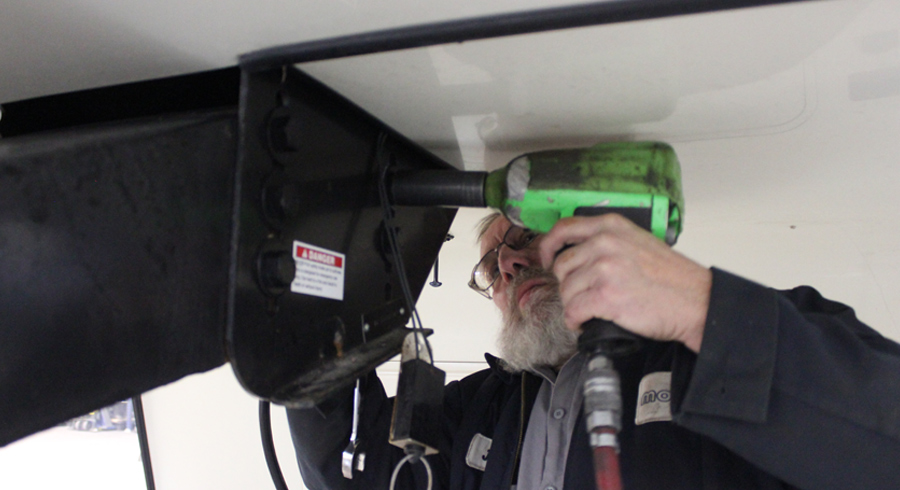
Fortunately, Elkhart, Ind.-based MORryde International offers its Rubber Pin Box that, said MORryde Sales and Marketing Director Jack Enfield, can dramatically reduce back-and-forth chucking. Using a patented rubber shear spring, the system moves back and forth up to 3 inches and up to 1.5 inches side to side to absorb the transfer of energy from the fifth-wheel to the truck.
“All we’re doing is taking what was rigid and making it flexible,” explained Enfield.
“On traditional fifth-wheels, you have a connection between the truck and the trailer. The stock pin box is designed around a steel-on-steel connection — the steel pin goes into a steel fifth-wheel coupler — and that’s it. It’s rigid. There is no ‘give’ in that connection,” he continued. “So, when you tow a trailer, you’ve got the transfer of energy from the trailer to the truck, and it’s mostly on a horizontal plane. You’ll notice it when you come to a stop, when you accelerate, or when you get on those roads where the expansion joints are in just the right location. The energy is transferred from the trailer to the truck, and where most people feel it is in the driver and the passenger seat.
Fortunately, Elkhart, Ind.-based MORryde International offers its Rubber Pin Box that, said MORryde Sales and Marketing Director Jack Enfield, can dramatically reduce back-and-forth chucking. Using a patented rubber shear spring, the system moves back and forth up to 3 inches and up to 1.5 inches side to side to absorb the transfer of energy from the fifth-wheel to the truck.
“All we’re doing is taking what was rigid and making it flexible,” explained Enfield.
“On traditional fifth-wheels, you have a connection between the truck and the trailer. The stock pin box is designed around a steel-on-steel connection — the steel pin goes into a steel fifth-wheel coupler — and that’s it. It’s rigid. There is no ‘give’ in that connection,” he continued. “So, when you tow a trailer, you’ve got the transfer of energy from the trailer to the truck, and it’s mostly on a horizontal plane. You’ll notice it when you come to a stop, when you accelerate, or when you get on those roads where the expansion joints are in just the right location. The energy is transferred from the trailer to the truck, and where most people feel it is in the driver and the passenger seat.
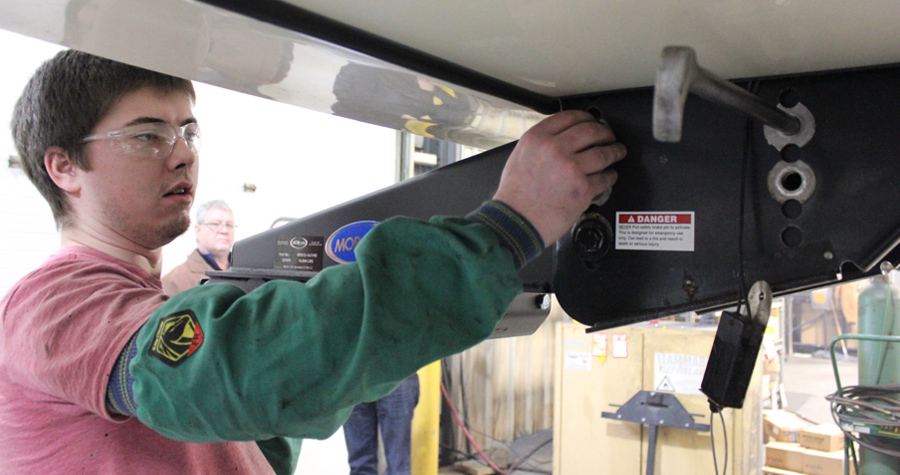
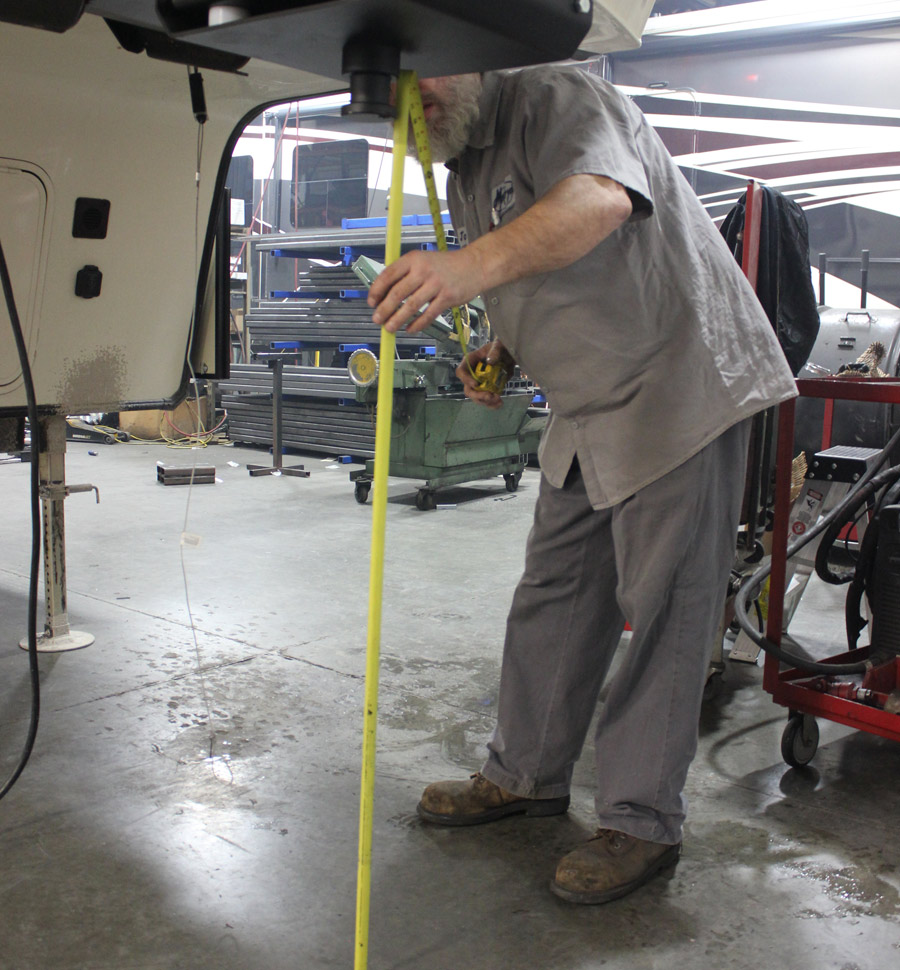
Enfield pointed out that poor road conditions and stops-and-starts will still induce a certain amount of movement that is simply unavoidable, but the Rubber Pin Box is designed to dissipate it. “We want to cushion and absorb the movement so that it’s much more comfortable in the driver and the passenger seat,” he said. “Interestingly, the people who notice it the most are that people in the passenger seat. The driver is preoccupied with whatever traffic conditions are happening, but in the passenger seat — especially more and more in today’s technology age — they’re reading, they’re on their phone. They’re the ones who really notice that jerking and chucking.”
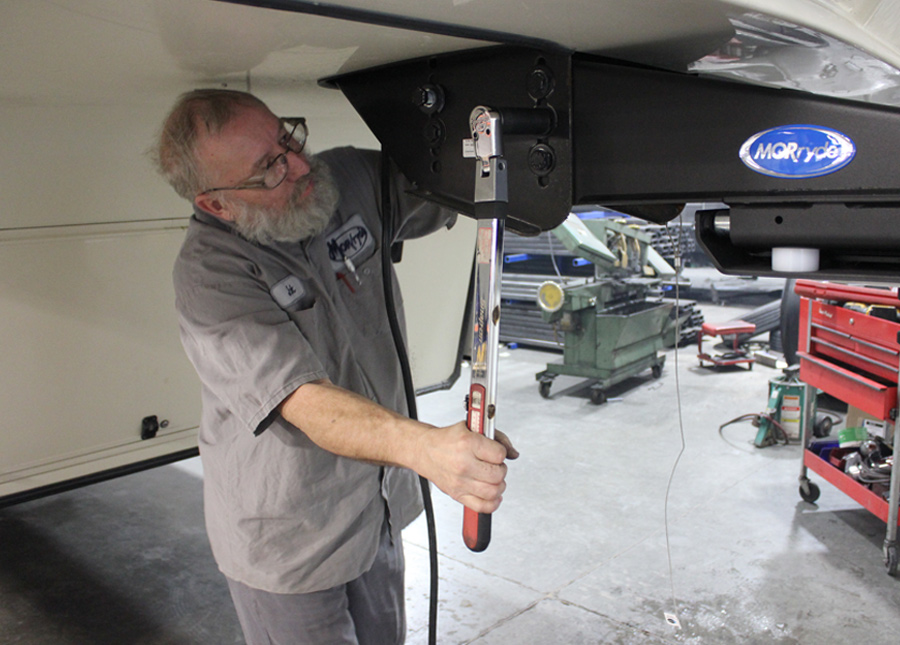
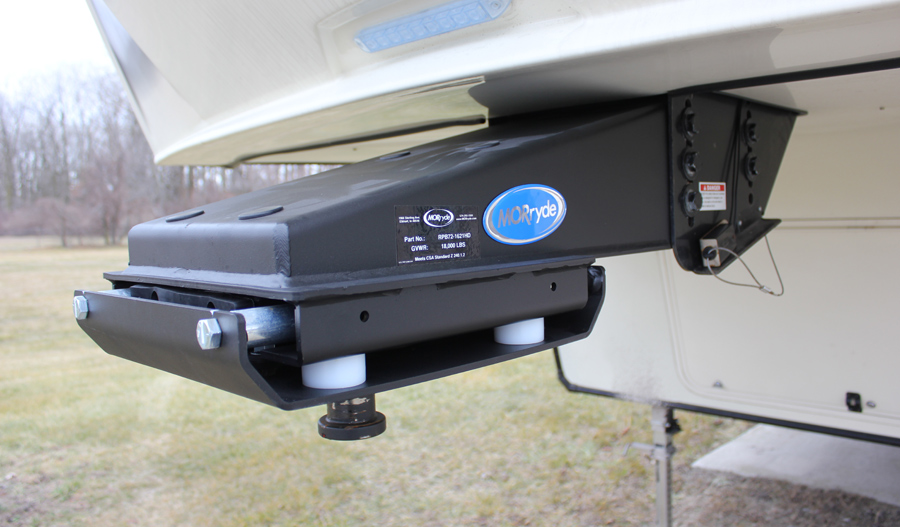
- When removing the factory pin box, leave one bolt in place on the left side at the front and one bolt on the right side at the rear.
- Back your tow vehicle up to the fifth-wheel and connect to the truck hitch.
- Remove the remaining two bolts.
- Using the landing gear on the fifth-wheel, raise the trailer 2-3 inches.
- Pull the truck forward until the pin box clears the trailer. The rear of the pin box will fall to the bed of the truck, so it’s important to put a piece of wood across the bed for protection.
- Remove the factory pin box from the truck hitch and replace it with the MORryde Pin Box. Place a spacer block under the rear portion of the pin box so that it can be positioned for installation.
- Back the truck under the trailer. Use your helper to line the pin box up to the mounting plate. Move the truck back and forth to line up the holes front to rear and the landing gear for up and down.
- Center the holes and install at least one bolt on the left side and one on the right in different locations.
- Unlock the hitch and pull the truck forward. Verify the pin height, install the remaining bolts and tighten with a torque wrench to listed specifications.
Fifth-wheel owners will immediately notice a visual difference in the design of the MORryde unit compared to the stock pin box. The MORryde product extends out at less of an angle, which allowed company engineers to add the section with rubber isolating dampeners built into the head while strictly maintaining the distance from the centerhole to the kinpin. Installed, the replacement pin box also is designed to maintain the same distance between the kingpin and the ground surface to maintain a level ride. The Rubber Pin Box is a straight changeout, said Enfield, adding that MORryde offers a pinbox identification guide on its website for older models where the original product decals may have worn off.
The result? The improvement, according to Bob Brighton, was noticeable almost immediately.
“We still experienced some chucking when driving down well-used city streets and at starts/stops, but that was expected — and even then, it was much better than before,’ he said. “The real improvement was on major streets and highways, when chucking was all but gone, even when passing over the dreaded expansion joints.”
MORryde International
(547) 293-1581
morryde.com

A former longtime newspaper editor and journalist, Rick Kessler is the executive editor of RVBusiness, one of the top trade publications covering the RV industry. He also serves as managing editor of Woodall’s Campground Management, which provides business information to campground associations, owners and suppliers.
Already a Subscriber? Click here for Access to the Full Issues.

